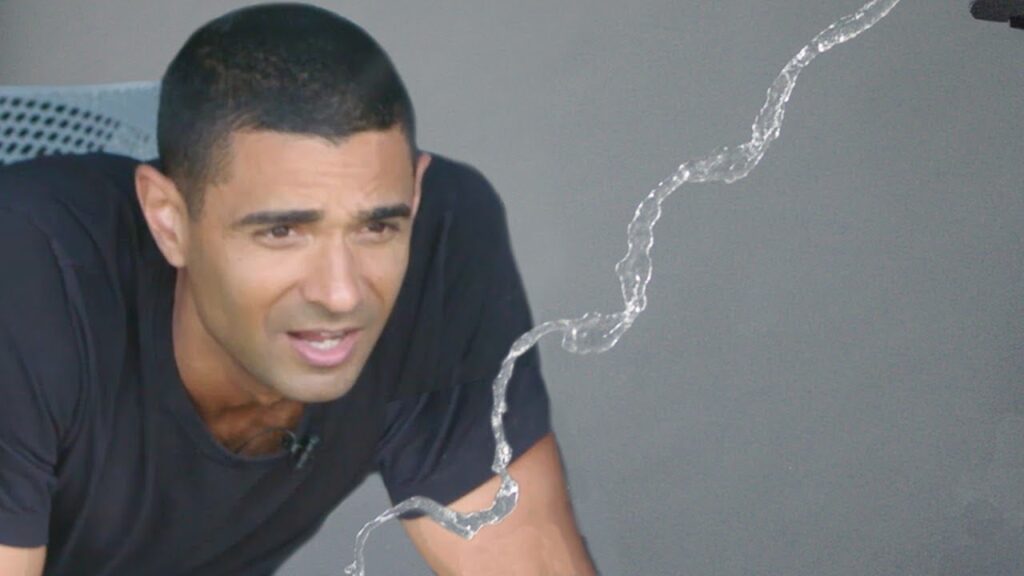The Science Behind Driving Distance in Golf
Summary
This blog post explores the factors that impact driving distance in golf, including the golfer’s physical ability and equipment, such as the golf club and golf ball design. It also examines how long-drive competitions push the limits of equipment and human performance while maintaining accuracy and precision as key objectives.
Table of Contents
- The Impact of Physical Ability on Driving Distance
- The Role of Driver Equipment in Maximizing Distance
- The Importance of Golf Ball Design in Achieving Maximum Distance
- Pushing the Limits of Golf Equipment in Long-Drive Competitions
Introduction
Golfers often dream of hitting that one perfect drive that sails past all others on the course. As the game has evolved during the last few decades, the driving distance has become an increasingly important aspect of the sport. In this blog post, we will explore the science behind driving distance in golf and the impact of various factors on maximum distance. We will also delve into long-drive competitions that push the limits of human performance and equipment.
Q&A:
The Impact of Physical Ability on Driving Distance
Q: What are the key physical factors that impact driving distance in golf?
A: A golfer’s physical ability plays a crucial role in driving distance. The most significant factor is leg and lower body strength, which is central to generating power for long drives. This is coupled with upper body flexibility and strength, which allows for a greater range of motion during the swing. Other factors such as core strength, balance, and coordination also contribute to driving distance.
Q: Can a golfer improve their driving distance by working on their physical fitness?
A: Yes, to a certain degree. Golf-specific workout routines that focus on building lower body and core strength, increase flexibility, and enhance balance can help a golfer generate greater power and drive the ball further. However, it is worth noting that, ultimately, every individual has genetic limitations.
Q: What about the stance and swing technique? Do they play a role in driving distance?
A: Yes, the golfer’s stance and swing technique can impact driving distance. A proper stance and swing path help maximize the transfer of energy from the swing to the ball. Professionals often use a baseball-like winding up of their hips and torso, allowing for maximum energy transfer to the golf ball. However, technique alone cannot generate significant power without adequate physical ability and equipment.
The Role of Driver Equipment in Maximizing Distance
Q: How has driver equipment evolved over the years, and what impact has it had on driving distance?
A: Driver equipment has significantly evolved during the last few decades, with golf club manufacturers seeking to optimize head speed, ball speed, launch, and spin rate to maximize distance. The construction of drivers has changed, moving from wooden clubs to steel and graphite, and the head shapes have evolved. Modern drivers have adjustable weights and lofts, allowing for greater customization. These technological advancements have undoubtedly led to an increase in driving distance.
Q: Can the choice of shafts and grips impact driving distance?
A: Yes, the shaft and grip choice can impact driving distance. The choice of a longer, lighter, and more flexible shaft can create more clubhead speed, resulting in more distance. The grip size also plays a role, as a thicker grip can encourage a lighter grip pressure, allowing for a quicker release and more power.
Q: What is the USGA’s role in regulating golf equipment, and how does it impact driving distance?
A: The United States Golf Association (USGA) is responsible for regulating golf equipment, including clubs and balls. The USGA has established rules that limit the size, shape, and weight of golf club heads. The rules also dictate the maximum rebound efficiency and coefficient of restitution for golf balls, which limits the distance they can travel under specific launch conditions. Golf equipment manufacturers must comply with these rules.
The Importance of Golf Ball Design in Achieving Maximum Distance
Q: How does the design of the golf ball impact driving distance?
A: The golf ball is elastic and acts as a spring, along with the clubface, to achieve the ultimate ball speed. The design of the golf ball determines how efficiently it springs off the clubface. The ball’s construction has evolved from solid rubber to multiple layers, allowing for reduced spin off the drive and optimal launch angles. The number of dimples also plays a crucial role in golf ball performance, as they reduce the drag, making its trajectory more aerodynamic. All of this significantly impacts driving distance.
Q: Can choosing the right golf ball help a golfer achieve maximum driving distance?
A: Yes, selecting the right golf ball can help golfers achieve maximum driving distance. The ideal ball construction, number of dimples, and its compression rating largely depend on an individual’s swing speed and power. Some balls are designed for maximum distance, while others offer better control and feel. Dimples also play an essential role in the ball’s performance, as they can create a higher launch angle, reducing spin off the driver, leading to more distance.
Pushing the Limits of Golf Equipment in Long-Drive Competitions
Q: What are long-drive competitions, and how are they different from regular golf tournaments?
A: Long-drive competitions are events designed to determine the longest distance hit by a golfer with their driver. These events are different from regular golf tournaments in that golfers only compete to hit the longest drive possible, rather than for the lowest score. Competitors often use longer clubs and aggressive mechanics to hit the ball as far as possible, optimizing the distance while dispensing with accuracy and precision.
Q: How are the rules and equipment used in long-drive competitions different from those in regular golf tournaments?
A: Long-drive competitions usually allow golfers to use drivers with larger heads and little restrictions on weight or shape. Golfers also use more aggressive swing mechanics, focusing on power rather than accuracy, and are not penalized for balls that land out of the course. These events push the limits of golf equipment and human performance, with golfers searching for longer clubs, clubfaces, and balls that compress more. The USGA does not regulate such events, allowing for manufacturers to create long-drive optimized equipment.
Conclusion
In conclusion, driving distance is an essential aspect of golf that has a significant impact on a player’s performance in modern tournaments. While it may be tempting to focus solely on distance, it is also essential to maintain accuracy and precision. The golfer’s physical ability, equipment, golf ball design and construction, and tournament rules all play a crucial role in driving distance. As the game continues to evolve, the challenge for golfers and equipment manufacturers lies in optimizing equipment while still adhering to tournament rules and striving for accuracy and precision.







